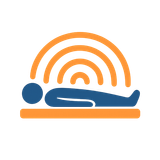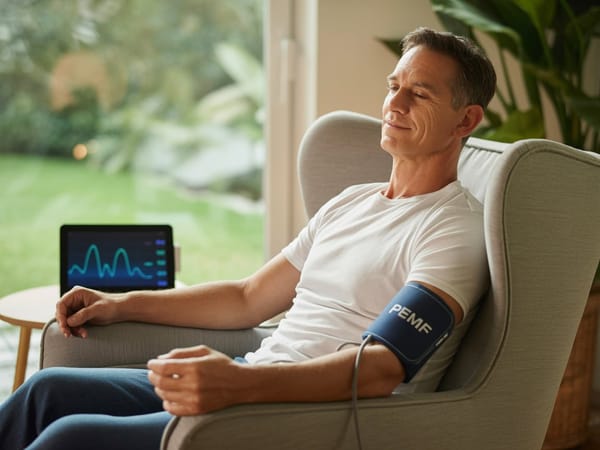Can You Use PEMF Too Much? The Ultimate Guide
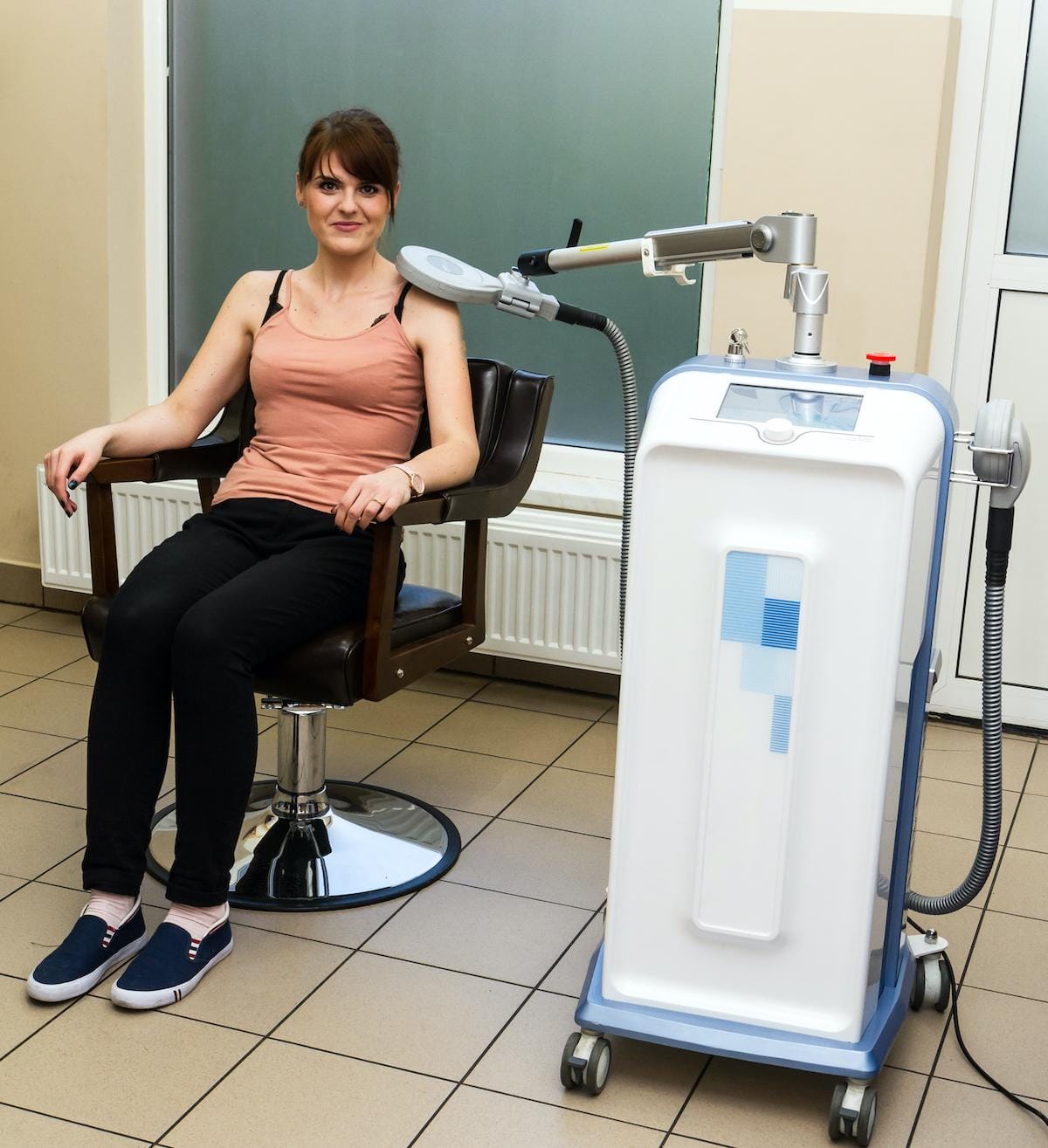
What is PEMF and How Does it Work?
Pulsed Electromagnetic Field (PEMF) therapy is a non-invasive treatment that uses magnetic fields to stimulate your body's natural healing processes. The therapy works by sending gentle electromagnetic pulses into your tissues. These pulses help to improve circulation, reduce inflammation, and promote cellular repair.
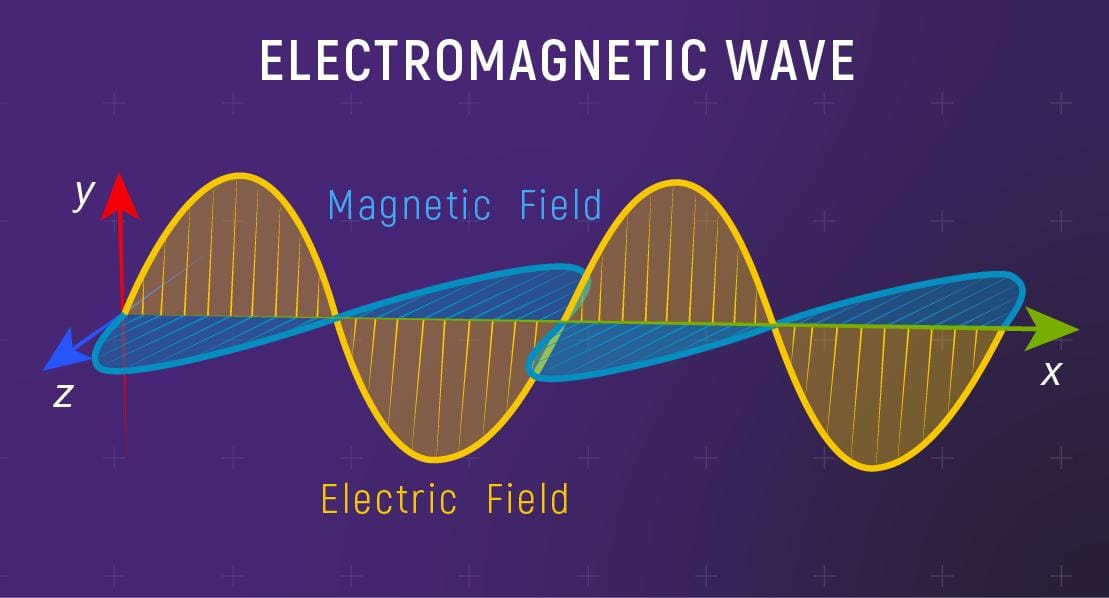
The electromagnetic fields are not like the harmful radiation from X-rays; instead, they are similar to the natural magnetic fields found in the earth. This safe therapy has been approved by the FDA since 1979 for treating things like bone fractures. Modern PEMF devices are used for a wide range of conditions, from chronic pain to sports injuries.
Recent research in 2024 showed that PEMF can even reprogram cells to be more efficient at healing. A study in Nature Scientific Reports found that PEMF helps cells switch to a more energetic state, which speeds up the healing process.
The cellular mechanism of PEMF involves the stimulation of ion channels in the cell membrane, which leads to a cascade of downstream effects, including the release of nitric oxide, a potent vasodilator.
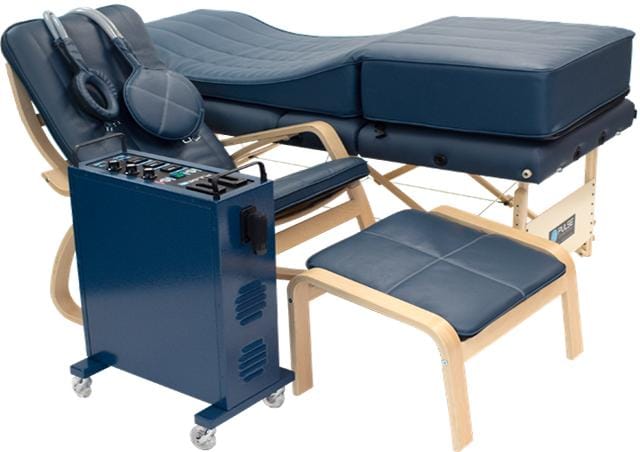
Is It Possible to Overuse PEMF Therapy?
Yes, it is possible to use PEMF therapy too much. While the therapy has an excellent safety record, overuse can lead to negative side effects. The risk of overuse is not about how many times you use it, but rather the intensity and duration of the sessions.
High-intensity PEMF devices, which are typically found in clinical settings, carry a higher risk if not used properly. A survey of PEMF users found that some people experienced anxiety and agitation when using high-intensity devices for too long.
One user reported "whole-body agitation/arousal (like excess caffeine)" from excessive intensity. Another reported "complete dysregulation of CNS" from improper head application. This is why it's so important to follow the guidelines provided with your device and to listen to your body.
Consumer-grade devices are generally lower in intensity, which makes them safer for home use. However, even with these devices, it is best to stick to the recommended session times. Most home-use protocols suggest sessions of 20-30 minutes, once or twice a day.
The goal of PEMF is to support the body, not to overwhelm it. Using it too much can overstimulate the cells and lead to discomfort. The benefits of PEMF come from consistent, moderate use, not from marathon sessions. A therapy session should be a comfortable and relaxing experience.
What Are the Documented Side Effects of PEMF Overuse?
The side effects of PEMF overuse are generally mild and temporary. A large survey of 421 PEMF users found that while nearly 79% reported no side effects, about 19% experienced minor, temporary effects. These included headaches, dizziness, and fatigue. These symptoms usually go away on their own within a few hours.
📊Side Effect Statistics
- 79% - No side effects reported
- 19% - Minor, temporary effects
- 3.3% - Adverse event rate in clinical trials
- 0% - Permanent harm documented
In rare cases, high-intensity PEMF has been linked to more significant, but still temporary, issues. A study in PLOS ONE reported instances of petechiae (small red spots) and erythema (skin redness) after high-intensity sessions. These effects resolved within 24 hours.
Other reported side effects include nausea, and a temporary increase in pain. It is important to note that these side effects are rare and usually associated with high-intensity applications.
✓Recovery & Resilience
No permanent harm from PEMF overuse has been documented. The body is resilient and can recover from over-stimulation. The key is to recognize the signs of overuse and to adjust your therapy accordingly.
If you experience any discomfort, it is best to stop the session and take a break. Hydration is also important. The pulse PEMF is designed to be gentle, so any discomfort is a sign to reduce the intensity or duration.
How Do You Know if You Are Using PEMF Too Much?
Listening to your body is the best way to know if you are overusing PEMF therapy. If you feel agitated, anxious, or have trouble sleeping after a session, you may be using too high of an intensity or for too long.
🚨Warning Signs of Overuse
- Feeling "over-caffeinated" or agitated
- Anxiety or trouble sleeping after sessions
- Sharp or lasting pain (beyond mild sensation)
- Persistent headaches or dizziness
- Nausea or digestive discomfort
- Skin irritation (redness, spots)
Some users have reported feeling "over-caffeinated" after excessive use. This is a clear sign that your central nervous system is overstimulated. If you experience this, it is recommended to reduce the intensity of your device or shorten your sessions.
Another sign of overuse can be an increase in pain or discomfort. While a mild increase in sensation is normal as circulation improves, sharp or lasting pain is not. This could indicate that the intensity is too high for the condition being treated.
Case Study: Excessive Application
A user who applied high-powered PEMF to their gut reported "massive cramps and pain for 3 days." This is a clear indication of overuse. Starting with a lower intensity and gradually increasing it is the best way to avoid this.
What are the Contraindications for PEMF Therapy?
PEMF therapy is not safe for everyone. There are specific contraindications that must be carefully observed to ensure patient safety.
🚫Absolute Contraindications
- Pacemakers & Electronic Implants: Magnetic fields can interfere with device function
- Pregnancy: Insufficient research on fetal development effects
- Children in Growth Phase: Potential interference with bone development
- Active Cancer/Malignancy: Theoretical risk of stimulating cell growth
- Epilepsy: Risk of triggering seizures
- Magnetizable Prostheses: Risk of heating or displacement
The most critical contraindication is for individuals with implanted electronic devices, like pacemakers. The magnetic fields can interfere with these implants. This is a serious risk and an absolute contraindication.
Another major contraindication is pregnancy. There is not enough research on the effects of PEMF on a developing fetus, so it is best to avoid it. The contraindications PEMF list also includes children in their growth phase, as the fields could potentially interfere with bone development.
Other contraindications include active cancer, as PEMF could stimulate cell growth. People with epilepsy should also be cautious. If you have any magnetizable prostheses, consult with your doctor before using PEMF. The magnetic fields could cause heating or displacement of the prosthesis.
How to Choose the Right PEMF Device and Intensity?
Choosing the right PEMF device depends on your needs and budget. There are two main categories: medical-grade and consumer-grade.
Device Categories
Medical-grade PEMF machines: High-intensity devices for clinical use. They offer precise control but are expensive and require professional supervision.
Consumer-grade devices: More affordable and designed for home use. They are lower in intensity, which makes them safer for personal use.
Some devices come with a full body mat for systemic treatments, while others have smaller applicators for targeted therapy.
Intensity Guidelines
The optimal intensity depends on the condition being treated:
📏Intensity Ranges
- Low-intensity (1-10 Gauss): For microcirculation and wellness
- Medium-intensity (10-100 Gauss): For musculoskeletal pain
- High-intensity (over 100 Gauss): For muscle stimulation, typically reserved for clinical settings
The magnetic field should be strong enough to penetrate the tissue but not so strong as to cause discomfort. The frequency PEMF is another important parameter that affects treatment outcomes.
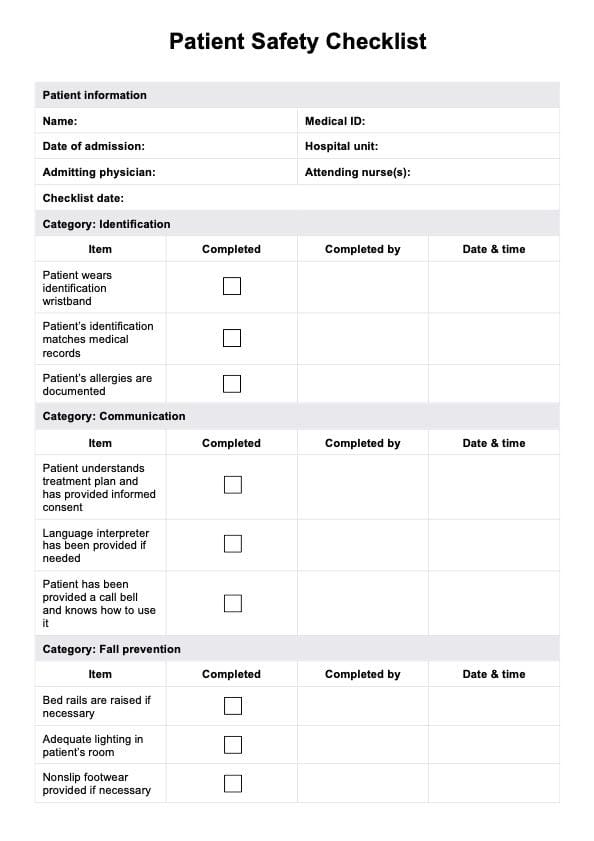
What are the Recommended Treatment Protocols?
Following a recommended treatment protocol is key to safety and effectiveness. Protocols vary based on the condition being treated and the type of device used.
📋Standard Protocol Guidelines
- Chronic Pain: 20-30 minute sessions, once or twice daily
- Bone Healing: Longer sessions may be needed (follow medical guidance)
- General Wellness: 20-30 minutes daily with full body PEMF mat
- Acute Conditions: Multiple daily sessions (shorter duration)
- Chronic Conditions: Few times per week for maintenance
For chronic pain, a typical protocol might be 20-30 minute sessions, once or twice daily. For bone healing, longer sessions may be needed. A 2024 study on knee osteoarthritis used 10-minute sessions twice a week for 8 weeks with great success. Another study on thumb osteoarthritis used a device nightly for 4 weeks with sustained pain relief.
For general wellness, many people use a full body PEMF mat for 20-30 minutes a day. The frequency of the sessions is also important. For acute conditions, you might use the device several times a day. For chronic conditions, a few times a week may be sufficient.
🎯Key Success Factor
Consistency is key. Regular use is more important than occasional high-intensity sessions. An approved PEMF device will come with detailed instructions that should always be followed.
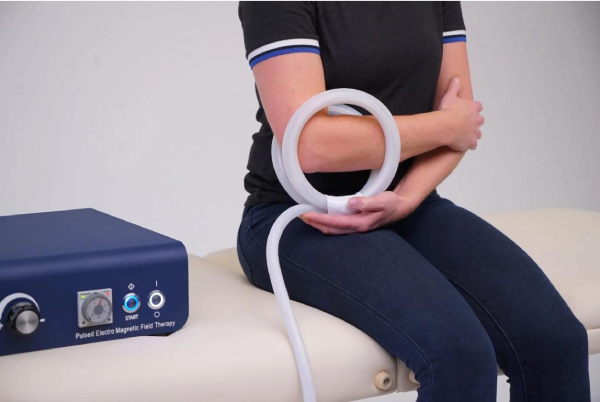
How to Safely Start with PEMF Therapy
Starting PEMF therapy safely requires a systematic approach. Follow these essential steps to ensure optimal results while minimizing risks:
🚀Step-by-Step Safety Protocol
Step 1: Consult Healthcare Provider
Always consult with your healthcare provider before starting any new treatment to ensure PEMF therapy is appropriate for your condition. They can help assess contraindications and recommend suitable protocols.
Step 2: Choose Appropriate Device
Select a PEMF device based on your needs and budget. Consumer-grade devices are safer for home use, while medical-grade devices require professional supervision.
Step 3: Start with Low Intensity
Begin with the lowest effective intensity setting and gradually increase as your body adapts to the therapy. This approach minimizes the risk of overstimulation.
Step 4: Follow Recommended Protocols
Stick to recommended session times of 20-30 minutes, once or twice daily. Consistency is more important than intensity for achieving therapeutic benefits.
Step 5: Monitor Your Body's Response
Listen to your body and watch for signs of overuse such as agitation, anxiety, or increased pain. Adjust intensity or duration accordingly and take breaks when needed.

Expert Opinions on Safe PEMF Use
Experts agree that PEMF therapy is safe when used correctly. The risk of overuse is low, but practitioners must be mindful of intensity and duration parameters.
🩺Expert Recommendations
West Ashley Wellness Center: "Always consult with your healthcare provider before starting any new treatment. This is the most important step for safety."
A doctor can help you determine if PEMF is right for you and can recommend a safe protocol tailored to your specific needs and medical history.
Dr. Oracle's Medical Advisory Board
Key recommendations include starting with the lowest effective intensity and gradually increasing it. This allows your body to adapt to the therapy. They also stress the importance of proper hydration during treatment.
Another key piece of advice from experts is to listen to your body. If you feel any discomfort, stop the session immediately. The therapy should always be comfortable and relaxing, never cause distress or pain.
